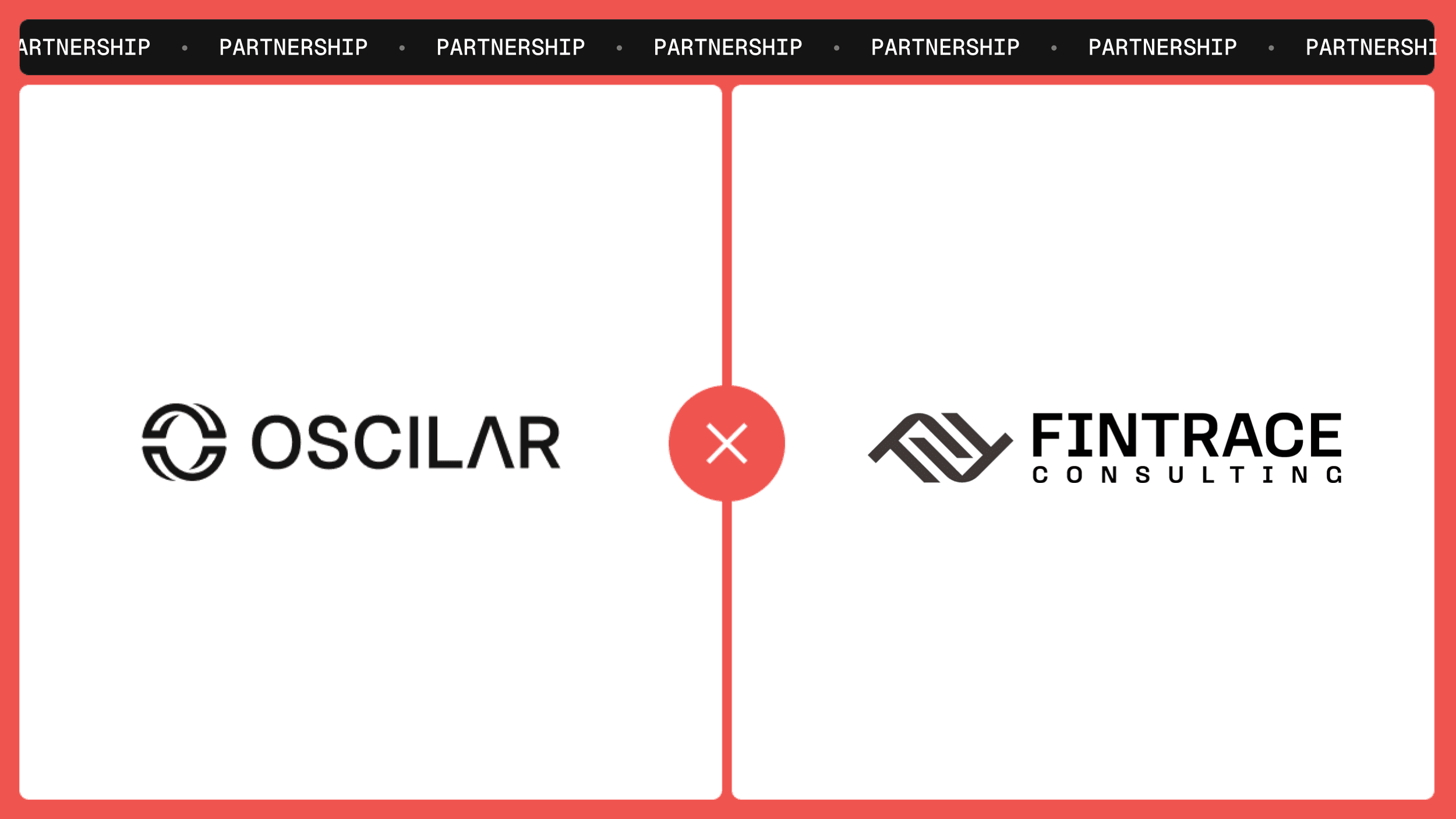Transaction monitoring alerts can benefit many industries, particularly those in the banking and financial services sectors. These include traditional banks, credit unions, money transfer companies, insurance providers, and more. However, other industries such as eCommerce businesses and online payment providers can also put this tool to use to protect their customers' accounts from fraud or illegal activities. In fact, any organization that handles online transactions of value or sensitive customer data should consider using transaction monitoring alerts to help keep its customers secure.
Let’s take a look at the utility of transaction monitoring alerts across a variety of industries.
Transaction monitoring alerts in fintech
Transaction monitoring alerts can be used in a variety of ways in the fintech sector. For example, they may be used to alert financial institutions when suspicious transactions occur, such as large sums of money being transferred or sent internationally. Financial institutions can then take the necessary steps to investigate and prevent any potential fraudulent activities. In addition, transaction monitoring alerts can be used to detect and monitor unusual patterns of customer behavior, such as sudden changes in spending habits that could indicate identity theft or other forms of fraud. By identifying and adequately reacting to suspicious activity early on, businesses can reduce costs associated with fraud investigations and chargebacks.
Some examples of transaction monitoring alerts in fintech include:
Irregular changes in customer balance or account activity
Unusual transfers between accounts owned by the same person
Suspicious trades based on correlations between previously unrelated assets
Unusually large sums being moved out of an account without prior notice
Unexpected bank transfers from foreign countries.
Taking advantage of transaction monitoring alerts in eCommerce
Transaction monitoring alerts are especially useful in the e-commerce space due to the rise of online payment fraud. These alerts can be used to detect suspicious transactions that may indicate fraudulent activity, such as high-ticket orders placed or products requested to be shipped internationally. Additionally, transaction monitoring alerts can also detect unusual customer behavior and help verify customer information at key customer journey points (e.g. prior to completing an order or before initiating a refund).
Transaction monitoring can also improve e-commerce customer experience by providing accurate, real-time alerts about suspicious activities. These alerts allow businesses to take proactive steps to prevent fraud and identity theft before it occurs. Finally, transaction monitoring has been known to reduce false positives in many instances. This helps ensure that only actual suspicious activities are flagged and that customers are not inconvenienced by unnecessary interventions.
Here are a few examples of transaction monitoring alerts in eCommerce:
Receiving multiple orders with the same card details within a short period of time
A significant increase in order volume from a single customer
Purchases made using an unfamiliar IP address, email address etc
Orders over a certain value being placed more frequently than usual
Purchases being sent to new shipping addresses
Unusual payment methods being used.
How insurance organizations make use of transaction monitoring alerts
Transaction monitoring alerts can provide a number of benefits to the insurance industry. Firstly, they can help reduce fraudulent claims by quickly detecting fraud patterns and preventing them before the business incurs steep losses. This can result in cost savings for insurance companies, as well as improved customer satisfaction due to the timely resolution of fraud cases. Secondly, transaction monitoring alerts can be used to detect suspicious activities that may indicate identity theft or other forms of fraud, helping to protect customers' data and improve overall security. Finally, transaction monitoring can be used to detect suspicious changes in customer behavior which may cause potential losses if they go undetected. This helps to proactively identify risks and improve customer experience and trust in the insurance company.
These are some of the common examples of alerts at insurance organizations:
Abnormal number of claim submissions from a single provider or customer
Unusually high-value claims submitted with suspicious supporting documentation
Claims being made for services that are not covered by the specific policy
Multiple claims for the same incident from different providers
Unexpected cancellations and changes to insurance policies.
Transaction monitoring alerts in healthcare
Transaction monitoring alerts can provide a number of benefits to healthcare organizations. By detecting and preventing fraudulent claims, they can help ensure that payments are being made correctly and that patient information is not being compromised. Additionally, these alerts can detect suspicious patterns of customer behavior which may indicate identity theft or other forms of fraud. This helps improve patient safety and protects the integrity of health data.
Transaction monitoring alerts can also make sure that customers' information is verified prior to granting access to services such as medical insurance plans. In addition, they can be used to detect and act on suspicious pharmaceutical orders, helping to protect patients from receiving counterfeit medication or inappropriate prescriptions. All in all, transaction monitoring alerts can provide an additional layer of security for healthcare organizations and help protect the safety of their patients.
Below are a few examples of transaction monitoring alerts in healthcare:
A large number of prescriptions with the same active drug ingredients, issued to different people at the same time
Unusual billing patterns for medical services, such as ordering too many tests or treatments for a single patient
Claims submitted from unfamiliar states or countries where the patient has never been before
Unfamiliar providers treating the same patient more than once
Multiple prescriptions are being filled by a single pharmacy.
Make transaction monitoring alerts work for your business
Did you know that you can identify suspicious activity with Oscilar's AI transaction monitoring solution? Oscilar’s fraud detection platform gives you a comprehensive view of your customers’ activity. With real-time decisioning on suspicious transactions, Oscilar helps you identify bad actors, fight fraud and stay compliant. Learn how Oscilar's AI Transaction Monitoring can help with your fraud prevention and compliance needs – let’s talk!








